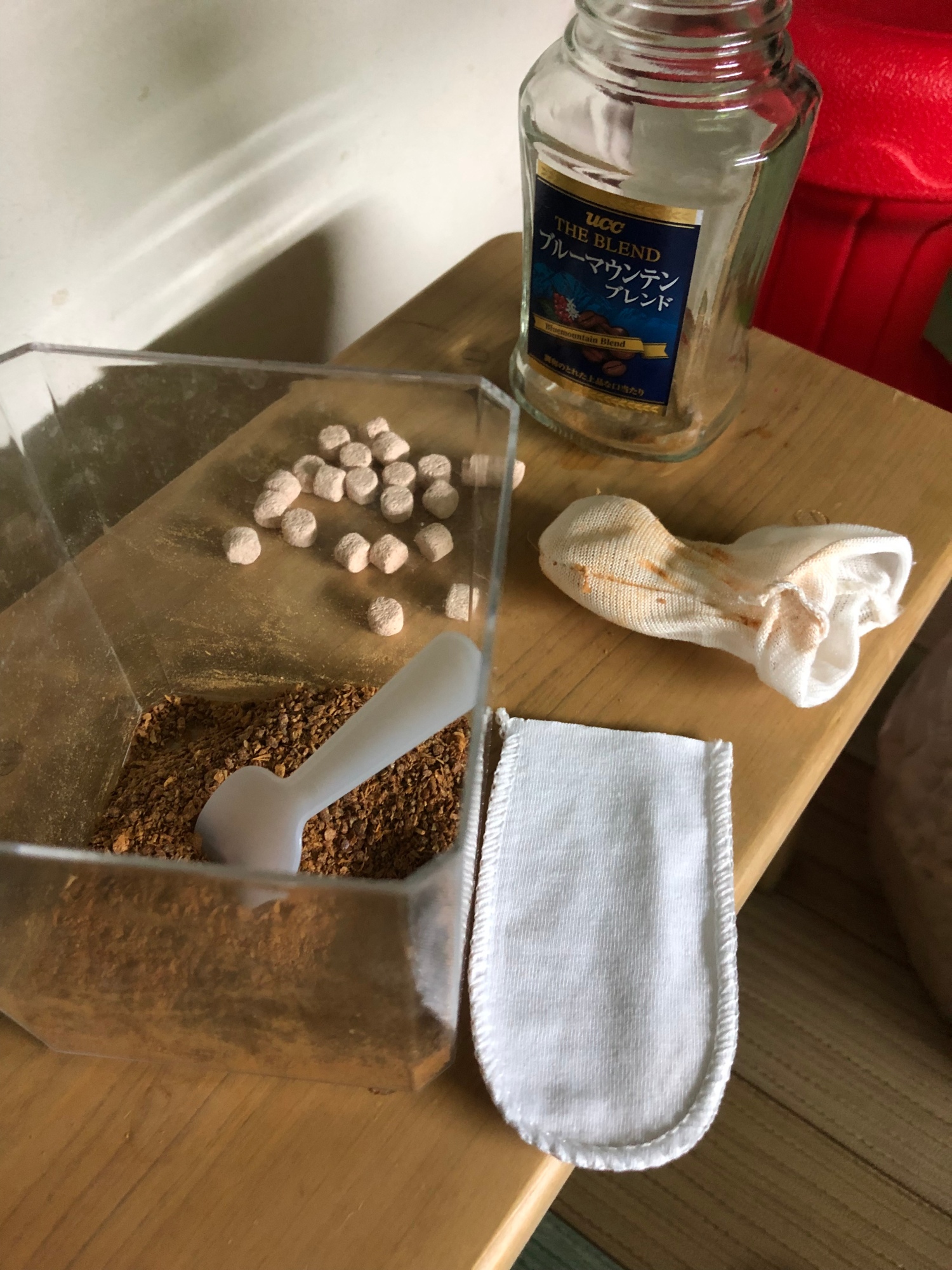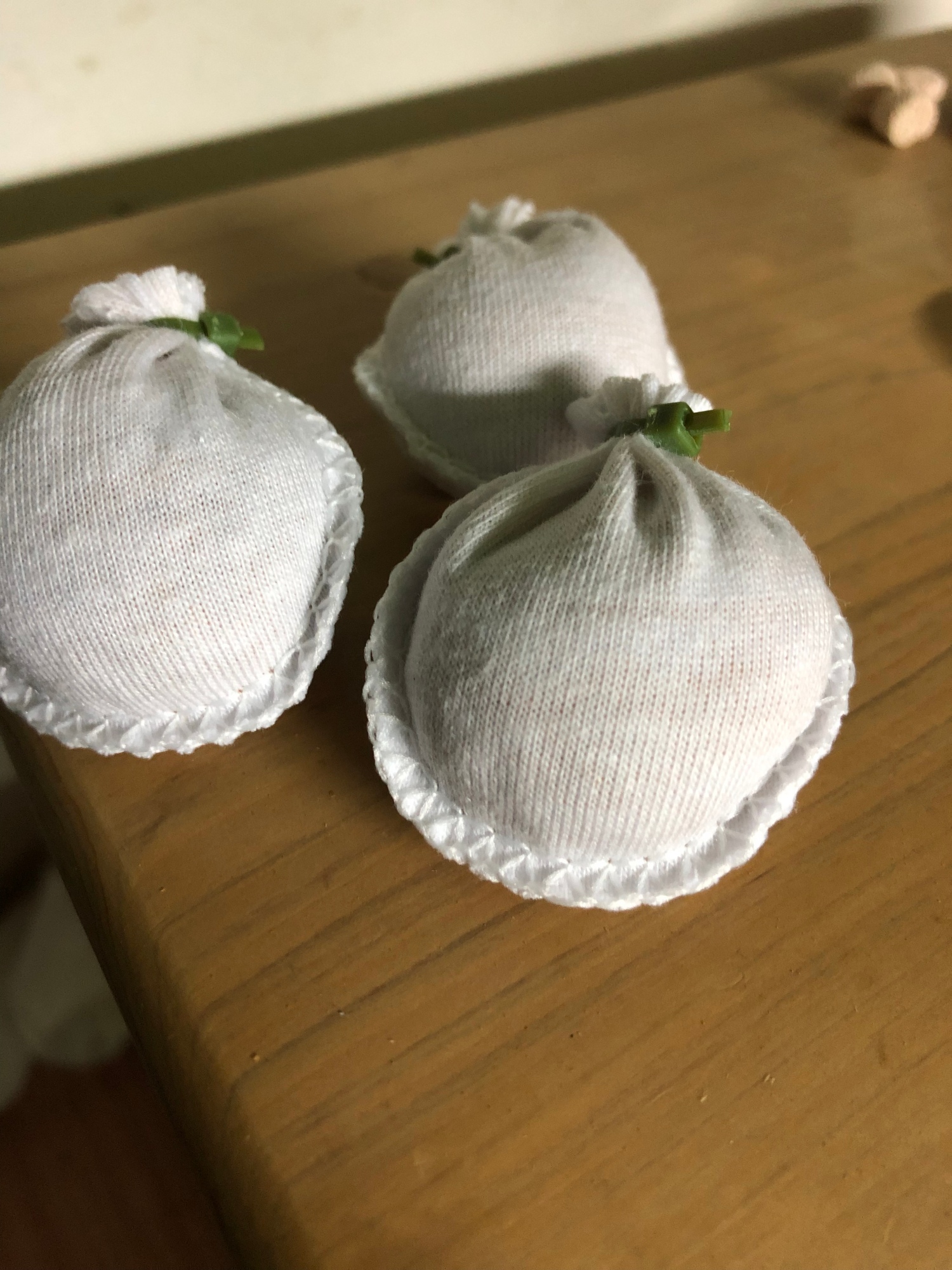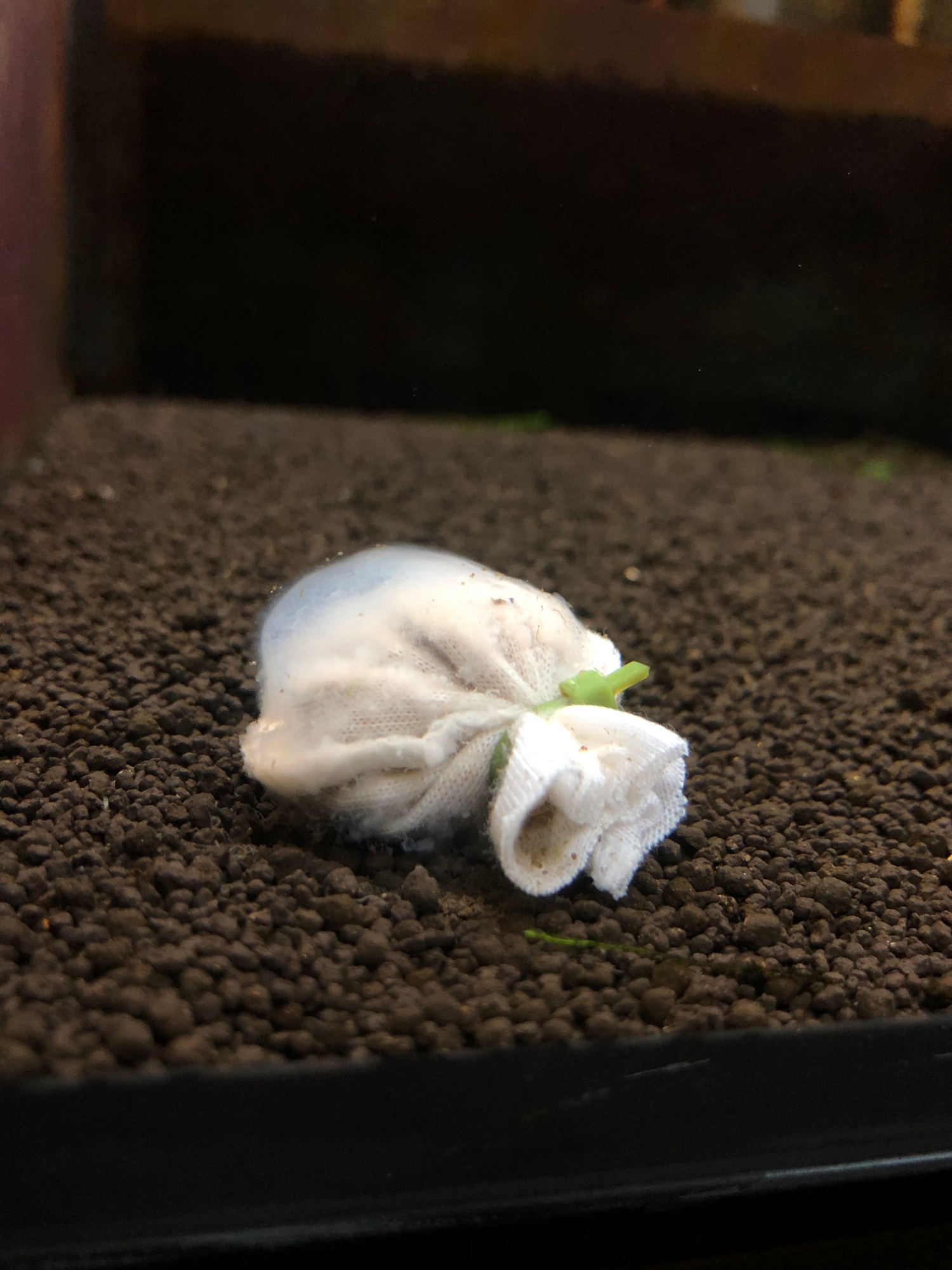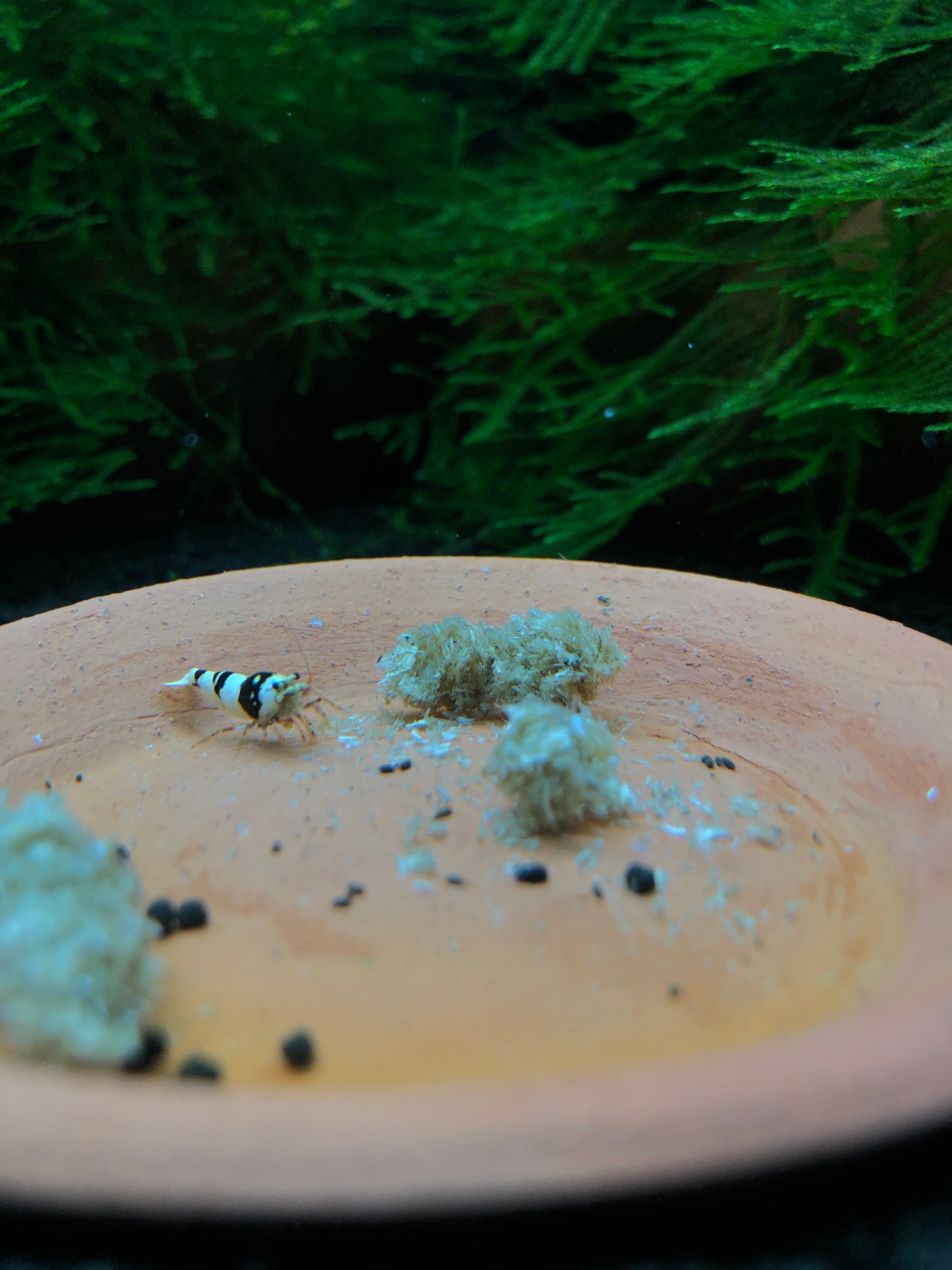Enjoy my most recent posts
The articles are being categorize into various sections and you can find them in the individual sections such as Shrimp, breeding, tips and others. On mobile devices all articles will be shown. If you want to find older articles please refer to Archive Should you not be able find an article you wish to read about or learn more on, please feel free to contact me using the Contact page.

Water stability
What constitute to water stability? Every time I get a question asking why would my shrimp die?
There are a range of possibilities to that question but we can be sure for one we will need water stability. First off, the bigger the water volume the better the water stability is the general rule. Think of it this way, since the tank is a close loop system the smaller the water volume, any changes will be drastically amplified. Here is an example:
A tank with 100 litres and a tank with 40 litres. Both have 200 shrimps in there, what do you think the nitrate levels will be if all else are equal? It is safe to say that the level of nitrate in the 100 litre tank is lower than that of the 40 litres. Why is this so?
Nitrate is a by product of the nitrification process and cannot be remove without either having plants or water change (there are some filter media that temporary remove nitrates but need to be change). With that does it mean that everyone need to start a big tank? Not really.
Keep in mind if you have a 40 litres tank and the tank is already cycled, keeping a right number <100 shrimp will technically still be able to get by. However, water change and lots of plants to remove the nitrate on a weekly basis will keep them happy.
When you get busy and you forgot to look at your tank for a few days to weeks or when you go on vacation. What happens if during the course of time when you are away, 1-2 shrimp die ? In the best case scenario the rest of the shrimp will consume it the natural way but what if you don’t have that sheer number of shrimps to do so? The dead shrimp will release ammonia which is a deadly. if your nitrifying bacteria isn’t able to handle the process well, your water will foul quickly causing death to your shrimps. There is also a high chance that you will probably have ammonia burn on your moss as well since the decomposing body emits ammonia and other substances. Given the above, will a bigger tank help prolong such a catastrophic event? Yes but not exponentially.
Water stability is a balancing act of feeding proper amount and type of food, do your water change, measure your tds and nitrate and certainly remove any dead shrimp as soon as possible.
My regular routine when I get back from a busy schedule is to first test for tds. 99% of the time the tds would have gone up a few points but doesn’t cause for an alarm. I will then feed the shrimps some pellets and look if there are any dead shrimp. After which I will allocate a time to do water change and since it is fairly quick with about 10-12 tanks i usually get it completed by 30 mins which include a bacter ae feed(for baby shrimp)after reminerizing the water. Once a month I will test for all parameters on a few important tanks using a test strip which I know isn’t the most accurate but the fastest way to get an indication of the water. Most of the time nothing change month to month if everything is kept in order.
It’s all about control and discipline without adding too much of this and that.
Hope you guys enjoy the post!
Personally I always wanted to look for a methodology that will help busy people not to lose faith in shrimp keeping hobby.
It is difficult to ignore the fact that shrimp hobby in itself requires some form of engagement to keep it running. Feeding, cleaning your front glass, changing water, so on and so forth for a single tank is do-able. How about multiplying that 10x,100x or even with a very busy schedule, working 2 shifts, 2 kids and the likes of life?
How would you manage having to balance all that and still keep tanks of shrimp ?
There is no silver bullet,magic powder or ward but what I’m going to share with you is still work in progress. It is a continuous learning process of refinement to better adjust to different shrimp requirements.
A background on why this blog post started is because of the busy schedule I’m experiencing and how it impacted my shrimp keeping journey and how I bounce back. On a typical work week, I probably have about 1 hour staggered in a week to really maintain 10+ tanks, which doesn’t really give me a lot of time per tank. When I didn’t get enough time for my tanks, my shrimp didn’t appear to breed well because the common ideology is that shrimp just need algae to survive. That statement is probably true, but I didn’t just settled for survival. I wanted my shrimp to thrive.
I have 2 Neo tanks that are heavily planted (Low tech) but they didn’t thrive the first time I kept them. Now they are booming.

What about my other shrimp tank? As you may have already known, I keep predominantly black fancy tiger and they are very sensitive shrimp compared to others I have kept. They needed very stable water parameters and is very sensitive to any changes. Coming back to getting shrimp to thrive I realise a constant food source and stable water parameters are required.
1. Stable water parameters
- Do not add anything except food to the water during the course of the week. That includes no vitamin, no black water extract, no magic powder, nothing.
- During weekly water change, measure TDS to see if there are any spike, I keep mine between 80-90.
- Weekly measure of nitrate levels.
- Weekly water change 5-10% and reminerize if it falls below 80 TDS. if it maintains around 80-90 TDS i will not reminerize but continue to do weekly water change to remove nitrates.
- Adding floating plants is a personal choice and for someone who want a bigger buffer for errors, adding frogbits or any floating plant will remove nitrates. This will help lengthen your next water change without having raise the nitrate levels too high.
2. Long term food source
Feed a Long term food source for female shrimp to prepare for saddle and berry. The reason for that statement is without sufficient food source, egg production is greatly reduced and female are not receptive to breed.
When there isn’t sufficient food source, issue can arise during molting especially for female shrimp. Males Shrimp will attack the female as a potential food source and has happened to my shrimp over many occasion.
My Long term food is actually from Taiwan and it helps with my travel schedule (travel schedule of 50-75%). They call this lubao which essentially is a mix of natural powder food that helps promote biofilm. Normally in Taiwan food mix they will use a mix of soy bean, sweet potato and egg white among others.

Repack to smaller sizes and add biorings or any filter media as weight since they do float up.


I use Geilee lubao once I’m out traveling and only remove a month later or when the biofilm gets overwhelming. This product is not without any dangers. Like all food product if left unchecked, it can ruin the water parameters as ammonia will spike cause all your shrimp to be in distress. I soak them in tap water for 3 days before I use them as this will prevent an overwhelming biofilm creation. It will be fine if there are more than 30 shrimps in your tank but if you have fewer than that it is highly recommended to soak it for 3 days. This will help reduce the potency of the biofilm. As you can see I re package then to smaller more manageable sizes as I don’t have that many shrimp per tank. Even with 100s of shrimp there is no requirement for the whole lubao to be included. It can be split into half a bag or 3-4 bags depend on your shrimp number.
Another product that i use in conjunction with Lubao is barley straw, it is all natural and doesn’t foul the water as it is used as a natural filter media for koi ponds. However, the barley straw need to be either fed on a food dish or a net as it will decompose if left unchecked. Feed only when they finish the previous batch.

In addition to the lubao I will feed bacter ae when i’m not traveling, this will help create more spread out biofilm within the tank, it is to increase the survival rate of shrimplet. I feed bacter ae lightly daily and also pellet food whenever I’m around.
So with all these finer adjustment, i’m happy to say that shrimps are happier when left alone given them the basic necessity to thrive (not just survive) in our tanks. This helped me regain my confidence in terms of doing lesser but understanding the fundamental for a longer mileage.
Cheers!
One of best part in shrimp keeping for me is about sharing knowledge and successes with other fellow hobbyist. The urge to share true information is fundamentally being twisted by many sellers to their advantages. However, if it wasn’t a reputable Taiwan breeder, I wouldn’t have came so far and it’s time to pay forward.



The Shrimp had gone to a good home where it is being kept by an experience hobbyist. Thank you for the support and will continue to share more knowledge when time permits. Stay tune!
There are any ways to take a good picture. I picked up photography when I was young and spent countless hours in the field taking macro photography.
Certainly it will be great if everyone can afford a DSLR a macro lens etc to get the perfect shot. However, what dictates a good photo? In my opinion a good photo is one where you can capture the moments.
In this blog post I will not be sharing how to use a DSLR to take shrimp pictures but simply using your phone and a clip on lens.



All these pictures and most of my blog post are taken by using a handphone and a clip on macro lens.
Gear :
- iPhone 8 (or any phone)
- Clip on lens with 12.5x magnification.

What I did realise is that setting up the area where you want to shoot is more critical than the shot itself.

- If I want to have my shot there I will make sure that that area is clean, glass is spotless both inside and outside.
- I will also make sure that area is the feeding area. Shrimp will know eventually that is the feeding area.
- I prefer taking pictures horizontally so I tilt my handphone sideways.
- When focusing tap and adjust the brightness of the photo to reduce exposure and snap away.
- Phone camera in general uses light optics to capture image so a good strong light for focusing will be good.
- I like taking my shrimps horizontally due to the depth of field in phones.

Focus on the head region, when The Eye is sharp and in focus that is where it is the most critical to the picture.

Very straight forward. Setting up the area and waiting for the shrimp to come into frame takes a bit of time. In general I will feed 15 mins before I take a picture so by the time I’m ready to shoot, the shrimp should be all around their food.
Keep those questions coming and I’ll blog it for you!
Cheers!
